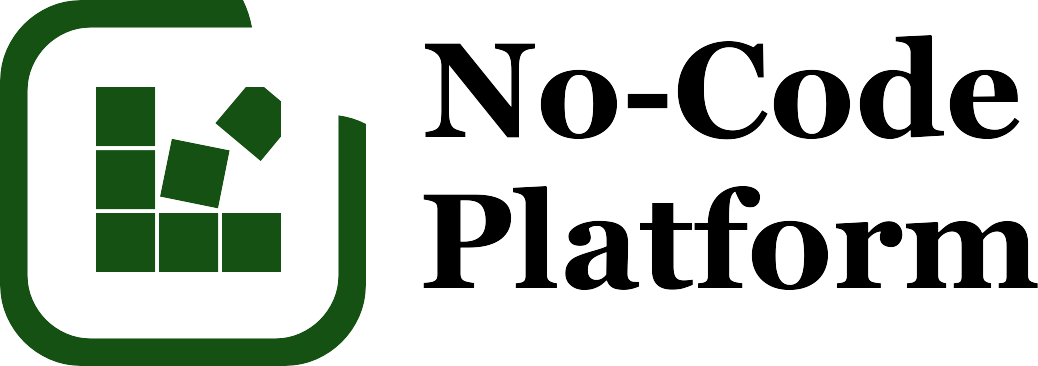A Beginner's Guide to Building Your First App with No-Code Platforms
The concept of "no-code" is becoming increasingly popular in the tech world. These platforms empower non-tech savvy entrepreneurs, small business owners, and even corporate leaders to create complex applications without writing a single line of code. But how does one get started with no-code tools? This beginner's guide will walk you through the steps of building your first app using no-code platforms.
To start with, let's understand the term "no-code". No-code platforms are development environments that allow you to create software applications through graphical user interfaces and configuration, rather than traditional computer programming. These platforms are designed to make the process of building an app accessible to anyone, regardless of their technical expertise.
Choose Your No-Code Platform
There are a multitude of no-code platforms available, each with its own strengths and weaknesses. When choosing the right platform for your app, consider factors like the type of app you want to build, the platform’s functionality, its ease of use, and your budget. Some popular no-code platforms include Adalo, Bubble, OutSystems, and Wix.
Define Your App Idea
Before you dive into building, clearly define what you want your app to do. Sketch out the key functionalities you want to include, and create a basic workflow of how your app will operate. Keep the user experience at the forefront of your planning process.
Familiarize Yourself with the Platform
After choosing the platform and defining your app idea, it's time to get to know the platform. Most no-code platforms are quite intuitive, but they still have a learning curve. Take advantage of tutorials, video guides, and community forums to learn how to navigate the platform and use its features.
Start Building Your App
No-code platforms typically provide drag-and-drop interfaces, making it easy to add elements like buttons, text fields, images, and more to your app. Begin with designing the layout of your app, then add in functionality.
Test Your App
Testing is a crucial step in the app development process. Make sure to test your app thoroughly on different devices and under various scenarios. Look for any bugs, glitches, or areas where the user experience could be improved.
Publish and Share Your App
Once you're satisfied with your app, it's time to publish. The process will depend on the platform you're using, but usually involves a few clicks to deploy your app and make it available to users.
Iterate Based on Feedback
After your app is live, listen to user feedback and make necessary improvements. No-code platforms make it easy to tweak and update your app as you learn more about what your users want.
To sum up, building your first app with no-code platforms can be an enriching experience. While it requires strategic thinking and careful planning, the beauty of no-code platforms is that they make app development accessible to everyone. It's a new era of technological democratization, and you're all set to be a part of it.
Stay informed, subscribe now!
by
Daniel
